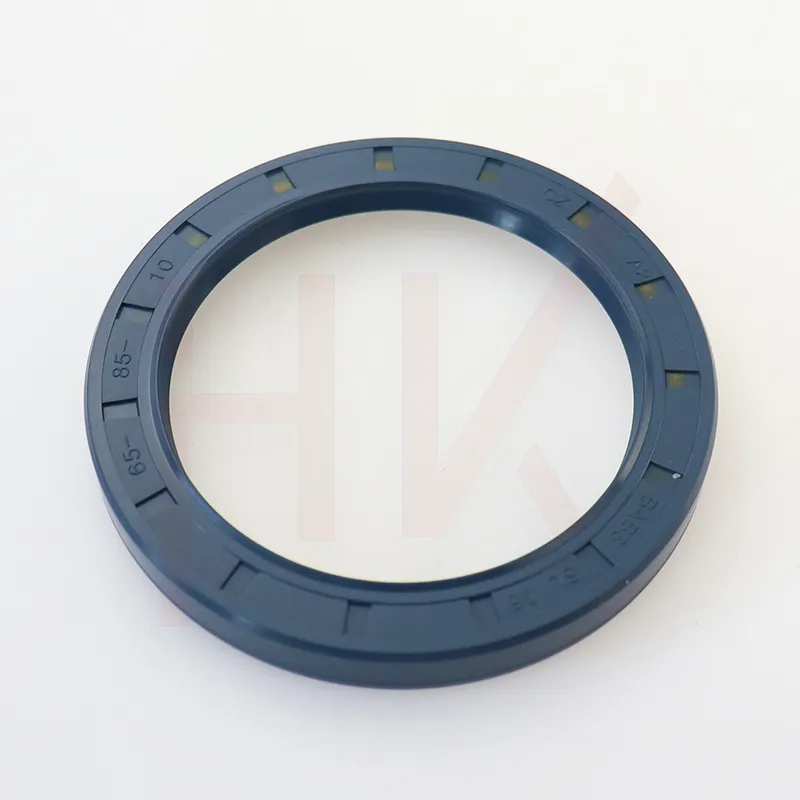វិច្ឆិកា . 30, 2024 10:25 Back to list
Choosing the Right Materials for Hydraulic Cylinder Seal Kits in Machinery Applications
Understanding Hydraulic Cylinder Seal Kit Materials
Hydraulic systems are pivotal in various industrial applications, from construction equipment to manufacturing machinery. At the heart of these systems are hydraulic cylinders, which convert hydraulic energy into mechanical force. A vital component of hydraulic cylinders is the seal kit, which ensures optimal performance and longevity. This article delves into the various materials used in hydraulic cylinder seal kits and their respective properties, advantages, and applications.
The Importance of Seal Kits
Seal kits are essential for preventing hydraulic fluid leaks and maintaining pressure within the hydraulic system. They form a critical barrier between moving parts, ensuring smooth operation and reducing wear and tear. The durability and efficiency of these seal kits largely depend on the materials used in their construction.
Common Materials Used in Seal Kits
Nitrile rubber is one of the most widely used materials for hydraulic seals due to its excellent resistance to oils and hydraulic fluids. This material also demonstrates good resilience and flexibility, which allows it to maintain a proper seal even under varying pressure and temperature conditions. However, nitrile rubber can be susceptible to degradation from exposure to high temperatures and certain chemicals.
2. Polyurethane
Polyurethane seals are known for their superior abrasion resistance and overall toughness. They can withstand higher pressures and temperatures compared to nitrile rubber and are less prone to swelling when in contact with hydraulic oils. This makes polyurethane a preferred choice for applications where wear and mechanical stress are significant concerns.
3. Fluoroelastomers (Viton)
hydraulic cylinder seal kit material

Viton, a type of fluoroelastomer, offers remarkable resistance to extreme temperatures and various chemical fluids. Its ability to maintain structural integrity under harsh conditions makes it ideal for high-performance applications, such as those found in aerospace and automotive industries. However, Viton seals typically come with a higher cost, which can be a consideration for some projects.
4. PTFE (Teflon)
PTFE, commonly known as Teflon, is famous for its low friction properties and exceptional chemical resistance. Teflon seals are often used in conjunction with other materials to enhance performance, particularly in dynamic sealing situations. While PTFE excels in non-stick characteristics, it can be less effective in harsh physical environments due to its lower tensile strength.
5. Silicone
Silicone seal kits provide excellent flexibility and thermal stability. They can perform well in a broad temperature range and offer resistance to ozone and UV radiation. However, their compatibility with certain hydraulic fluids may be limited, making them a suitable option for specific applications rather than general use.
Choosing the Right Material
Selecting the appropriate material for hydraulic cylinder seal kits involves evaluating several factors, including temperature, pressure, chemical exposure, and operational environment. Each material presents unique benefits and potential drawbacks. For instance, while nitrile might be suitable for general-purpose applications, polyurethane would be more suitable for environments with high wear and tear.
Moreover, understanding the specific requirements of the hydraulic system is essential. For instance, in industries such as food processing, where hygiene and cleanliness are paramount, materials that meet regulatory standards are required. Additionally, applications involving aggressive chemicals might necessitate materials that offer enhanced chemical resistance.
Conclusion
In conclusion, the material composition of hydraulic cylinder seal kits plays a crucial role in ensuring the reliable operation and longevity of hydraulic systems. By being aware of the various materials available—Nitrile, Polyurethane, Fluoroelastomers, PTFE, and Silicone—engineers and technicians can make informed decisions based on application-specific requirements. By investing in high-quality seal kits made from suitable materials, organizations can ultimately improve operational efficiency, reduce downtime, and save on maintenance costs. Understanding these nuances can lead to better performances and longer service life for hydraulic systems.
-
25x47x7 High Quality Tcv Oil Seal for Hydraulic Pump
NewsAug.28,2025
-
Wiper Oil Seal: Our Commitment to Clean Hydraulics
NewsAug.13,2025
-
Hydraulic Oil Seal for Self Discharging Cars
NewsAug.13,2025
-
Hub Oil Seal for Agricultural Tractor Hubs
NewsAug.13,2025
-
Skeleton Oil Seal with NBR Material
NewsAug.13,2025
-
Rotary Lip Seal for High Pressure Applications
NewsAug.13,2025
-
Cylinder Seal Kits Our Legacy of Hydraulic Trust
NewsAug.13,2025
Products categories
















